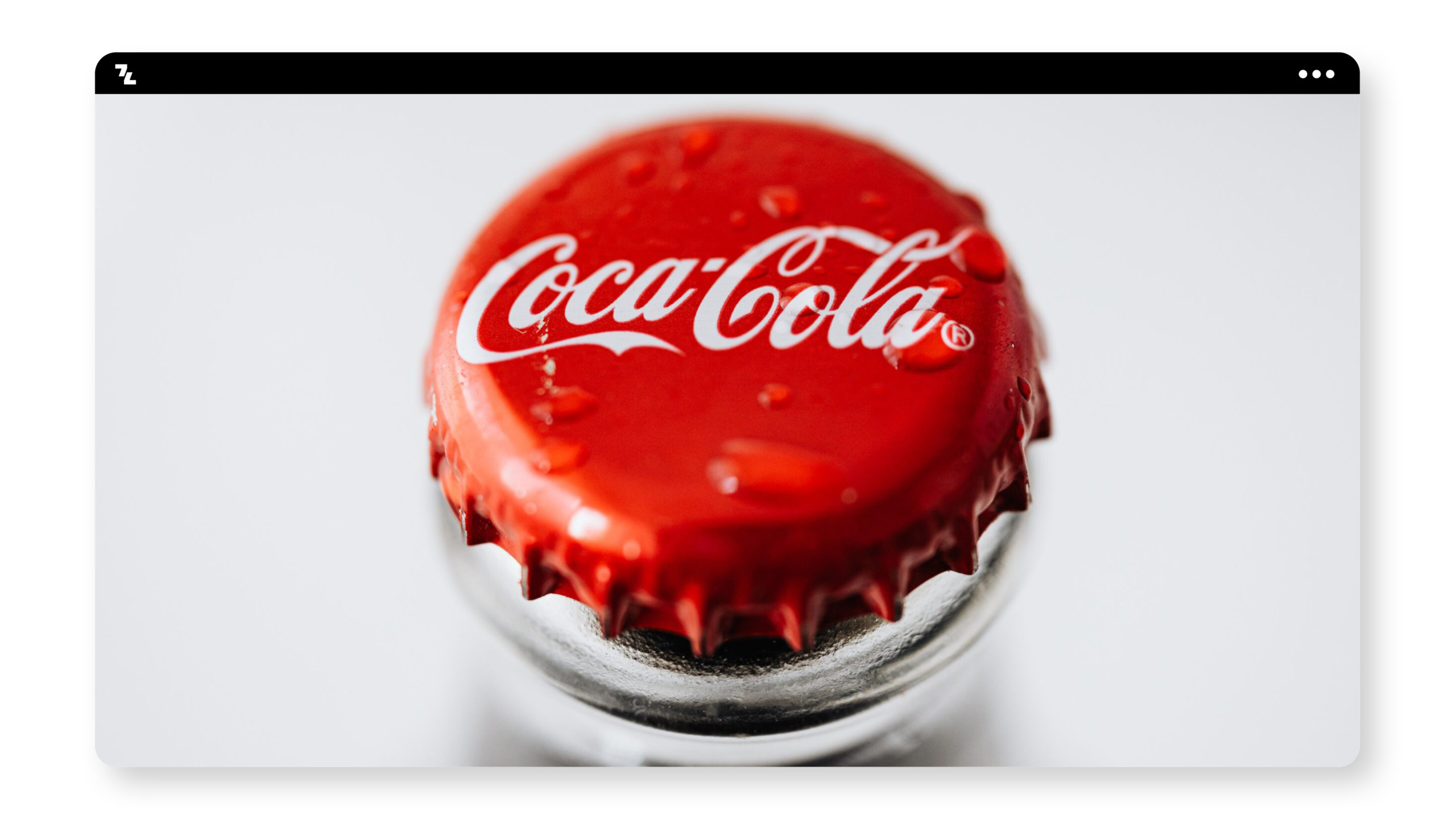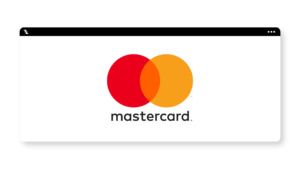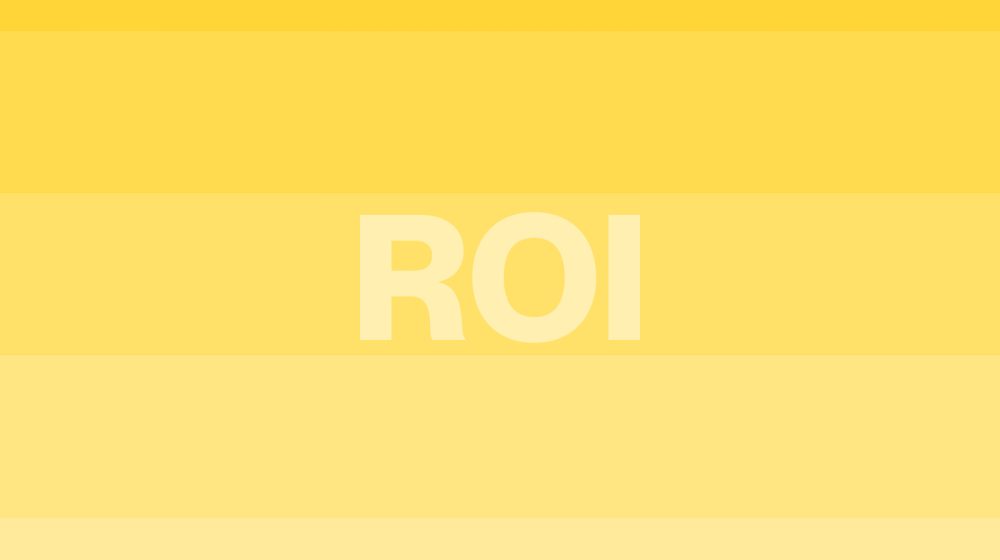The terms “brand” and “logo” are often used interchangeably. But although a logo can be the symbol of a company, it is not the entirety of a brand. In fact, creating a logo is just one small step in developing a strong brand identity.
With millions, if not billions, of companies trying to make a name for themselves, a strong brand has become critical for businesses to differentiate themselves from the competition.
If you are working to develop your first brand identity for a client, or if you are doing this for your own business, it is important to first understand what a brand is and what it takes to create one. Unfortunately, it’s not so easy to give the company a name and stick it on everything.
Originally, the term “brand” was used for the mark that ranchers “branded” on their livestock. However, the idea of a brand has evolved to encompass much more than just a name or symbol.
Your brand, an important part of your brand identity, is defined as a name or type of product produced by a particular company.
Definition
A brand identity consists of what your brand says, what your values are, how you communicate your product, and what you want people to feel when they interact with it. Essentially, your brand identity is your company’s personality and a promise to your customers.
As Jeff Bezos says, “Branding is what people say about you when you’re not in the room.”
Your product leaves an impression on your customers long after you’ve made the sale. Brand identity is the process of shaping that impression.
Instruction
The steps a company should take to build a strong, cohesive and consistent brand identity will vary, but a few points broadly apply to most:
Market & Company Analysis
A full SWOT analysis that includes the entire company – a look at the company’s strengths, weaknesses, opportunities and threats – is a proven way to help managers understand their situation so they can better determine their goals and the steps needed to achieve them.
Target setting
The brand identity should help to fulfill these goals. For example, if an automaker is targeting a niche in the luxury segment, its ads should be designed to appeal to that market. They should appear on channels and websites where potential customers are likely to see them.
Customer identification
Surveys, focus groups and one-on-one meetings can help a company identify its customer group.
Personality & Message
A company needs to create a consistent perception rather than trying to combine every positive attribute imaginable: Utility, affordability, quality, nostalgia, modernity, luxury, swank, taste and class. All elements of a brand, such as text, images, cultural references and color schemes, should be coordinated and convey a coherent message.
Building a brand identity is a multidisciplinary strategic effort, and each element must support the overall message and business objectives. This can include a company’s name, logo and design, the style and tone of its copy, the look and composition of its products and, of course, its social media presence. Apple founder Steve Jobs was famously obsessed with such small details as the shade of gray on restroom signs in Apple stores. However, this anecdote shows that Apple’s successful branding is the result of intensive efforts and not a lucky coincidence.
Examples
Below are a few examples of world-renowned companies that have created and externalized successful brand identities.
Coca Cola
When you hear the name Coca-Cola, you probably think of the familiar logo pictured above.
But you might also think of the polar bear, the color red, the “Share a Coke” campaign, or the classic ribbon that appears on the cans. Here are two things that make up Coca-Cola’s brand identity:
Coca-Cola’s brand identity begins with a red logo in script. The red color inspires confidence in the person drinking a Coke, while the font is all about enjoyment. Coffee, for example, is a beverage you drink in the morning before you go to work. Coca-Cola is a drink you enjoy when you’re done in the afternoon. This is the “face” of the brand.
Coca-Cola prints its logo on a uniquely shaped bottle (it’s true, no other beverage has bottles that look exactly like this). This tells customers that they are not getting an imitation – this is the real thing. In this way, the brand develops credibility and trust.

Asana
Asana’s mission is to “help humanity succeed by enabling the world’s teams to collaborate effortlessly.” The founders started at Facebook, where it was clear they needed a project management and collaboration tool, and it was clear that their creation had a positive impact on the company.
In Sanskrit, “asana” refers to a specific pose in which yogis sit, and the company name pays homage to the Buddhist principles of focus and flow. This, along with the values of “doing big things fast” and teamwork, is also clearly manifested in the visual brand:
Asana uses lots of white space for focus with bursts of color to inject “energy” into the workspace.
The three dots in the logo are arranged together to represent balance and collaboration.

Mastercard
Everyone knows the Mastercard logo: two intersecting circles in Mastercard’s typical colors of red, yellow and orange. Believe it or not, Mastercard’s brand identity has not been static over the years; in fact, the company unveiled a new, modernized brand identity just a few years ago in 2016. You probably think the change was barely noticeable, and that’s the key to an effective brand identity overhaul – retaining the core features and elements of the brand identity that your audience recognizes while introducing a fresh, modern feel.
Mastercard’s robust Brand Center is also a fascinating study in maintaining brand consistency. It uses similar designs for the company’s family of payment brands, but uses a different color scheme to reflect the different identities.

Summary
Your brand identity is what makes you stand out from the endless sea of competitors and shows your customers who you are and what they can expect from working with you. And if you want your brand to be perceived in a positive light, it’s crucial that you nail down your brand identity and create designs that show your customers exactly who you are. And now that you know how to nail down that identity, it’s time to start designing.





